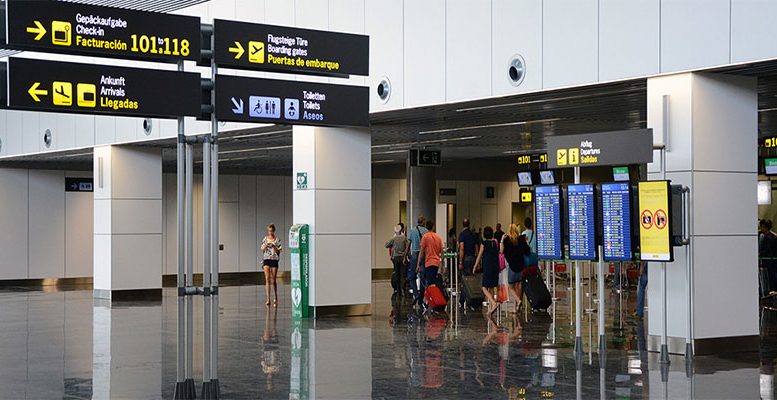The latest figures released by Spanish airports’ manager AENA for September show that 23.189.171 passengers passed through Spanish airports – 10.3% more than a year earlier – mainly thanks to the tourism sector’s good performance. This is particularly evident from the increases recorded at some of the airports with more links to tourism like Malaga (+15.9%), Alicante (+18.0%) and Gran Canaria (+16.4%). And the figures support the estimations given by the Secretary of State for Tourism, which point to a total of 74 million international tourists by end-2016.
There has now been an accumulated 32 consecutive months of increases in the number of passengers using Aena’s network, and the annual rise is once again over 10%.
If the predictions are confirmed, there will be eight million more international tourists visiting Spain in 2016 compared to a year earlier, when there was a record number of 68 million. At the same time, tourist spending will be 6.7 billion euros more than last year’s total of 67.383 billion euros.
The record figures being bandied about in the tourism sector, which many see as excessive, only serve to heighten the debate about whether this trend is good for the industry and for the economy. Not least because it is partly the result of the uncertainties surrounding other tourist destinations.
And not forgetting that the tourism industry has been and still is one of the core sectors of the country’s economy, with a 12% direct contribution to GDP. And while it is responsible for over 2 million jobs, it’s true that there are regions and areas where, depending on the months, the pressure from tourism is unsustainable. People who live in these areas, and even the tourists themselves in places like the Balearic Islands, the Levante region or Barcelona, consider that this widespread increase in tourism is “a growing problem.” This summer it reached such an extreme that, according to surveys carried out, its the tourists themselves in the saturated areas who are critical of the situation.
There is the theory that there can never be too many tourists, and the problem is down to a lack of organisation. But on the other hand it is clear that when there is an excess in demand, the offer may not meet the standards expected and prices shoot up.
Where there does seem to be agreement is over the need to improve the industry’s policies, putting in place measures to attract a more demanding kind of tourist with new products and improved quality. And finding how to diversify the sector’s seasonality and increase the length of the average stay.





